Housekeeping: So we're done with biochemistry. You have the lab on Friday and a quiz next week (Aug. 30). We will move now into pure chemistry, beginning with an introduction to chemistry and the nature of matter.
Content Review:
Weebly Links: Matter
Link: Substances & Mixtures Elements & Compounds Matter, Elements & Atoms
Student Missions:
Mission 1: The Beginning of All Things.
Mission Objectives. You should be able to...
1. Explain the necessity of studying chemistry.
2. Describe the benefits of chemistry in modern research.
3. Describe the basic procedures at the core of scientific methodology.
4. List the skills used in problem solving.
5. Name the five major areas of study in chemistry
We will do an extensive, exhaustive overview of the nature of chemistry. The good news is that there is a supplemental handout to help you organize your notes. Bear in mind that this is only a smidge of the information you need to know for this unit. Make sure you reference the mission objectives.
Mission 2: What's the Matter?
Mission Objectives. You should be able to...
1. Define "matter" and list its states.
2. Describe matter in terms of physical and chemical properties.
3. Describe matter in terms of physical and chemical changes.
Paul Anderson of Bozeman Science (I met him; he is a REALLY COOL dude) introduces the enormous concept of matter. Need some help organizing it? Look here.
Content Review:
Weebly Links: Matter
Link: Substances & Mixtures Elements & Compounds Matter, Elements & Atoms
Student Missions:
Mission 1: The Beginning of All Things.
Mission Objectives. You should be able to...
1. Explain the necessity of studying chemistry.
2. Describe the benefits of chemistry in modern research.
3. Describe the basic procedures at the core of scientific methodology.
4. List the skills used in problem solving.
5. Name the five major areas of study in chemistry
We will do an extensive, exhaustive overview of the nature of chemistry. The good news is that there is a supplemental handout to help you organize your notes. Bear in mind that this is only a smidge of the information you need to know for this unit. Make sure you reference the mission objectives.
Mission 2: What's the Matter?
Mission Objectives. You should be able to...
1. Define "matter" and list its states.
2. Describe matter in terms of physical and chemical properties.
3. Describe matter in terms of physical and chemical changes.
Paul Anderson of Bozeman Science (I met him; he is a REALLY COOL dude) introduces the enormous concept of matter. Need some help organizing it? Look here.
When I was a kid, there were only THREE states of matter. Now we have FIVE. How did we go from three to five? Do you think that, in the future, there will be more states of matter? Can you conceptualize what they may be and how they might be discovered? Use your imagination.
Physical or Chemical? What's the difference and why should we give a hoot? Mr. Anderson continues his series on introductory chemical with this somewhat slightly thrilling podcast. Can you describe what happens to your food as you eat it? What is another name for a chemical change?
Physical or Chemical? What's the difference and why should we give a hoot? Mr. Anderson continues his series on introductory chemical with this somewhat slightly thrilling podcast. Can you describe what happens to your food as you eat it? What is another name for a chemical change?
Mission 3: Stuff!! What About All This Stuff??
Mission Objectives. You should be able to...
1. Differentiate between substances, mixtures, elements and compounds.
2. List and describe the ways mixtures can be separated.
3. Provide examples of substances and mixtures.
Substances & Mixtures. What's the main difference between substances and mixtures?
Mission Objectives. You should be able to...
1. Differentiate between substances, mixtures, elements and compounds.
2. List and describe the ways mixtures can be separated.
3. Provide examples of substances and mixtures.
Substances & Mixtures. What's the main difference between substances and mixtures?
Here's a matter packet for you guys to use: http://www.sfponline.org/Uploads/71/matter%20packet.pdf
At some point, you guys will do a lab where you separate mixtures. Watch this video as part of your prep. Download this handout to use for the lab.
At some point, you guys will do a lab where you separate mixtures. Watch this video as part of your prep. Download this handout to use for the lab.
Student Missions:
Mission 1: Elements & Compounds. Come on and sing along with me.
Mission 1: Elements & Compounds. Come on and sing along with me.
Last year, period 7 of the PT was completed with the discovery of four new elements. Scientists everywhere rejoiced (well, some of them) because the predictions came true. Let's learn all about nihonium, moscovium, tennessine, and oganesson.
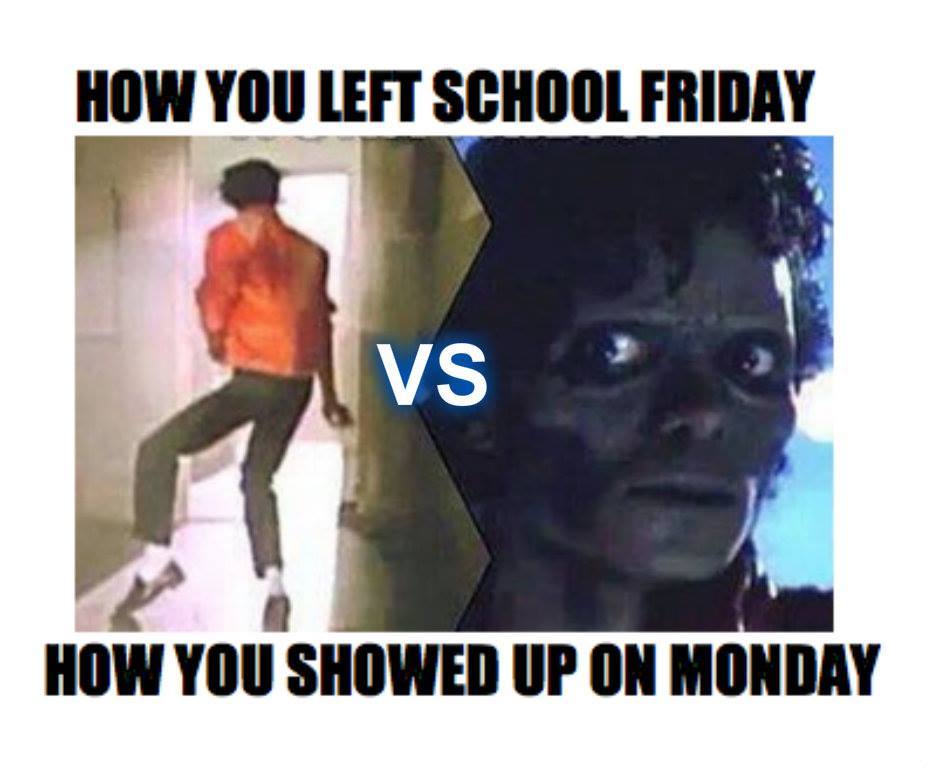
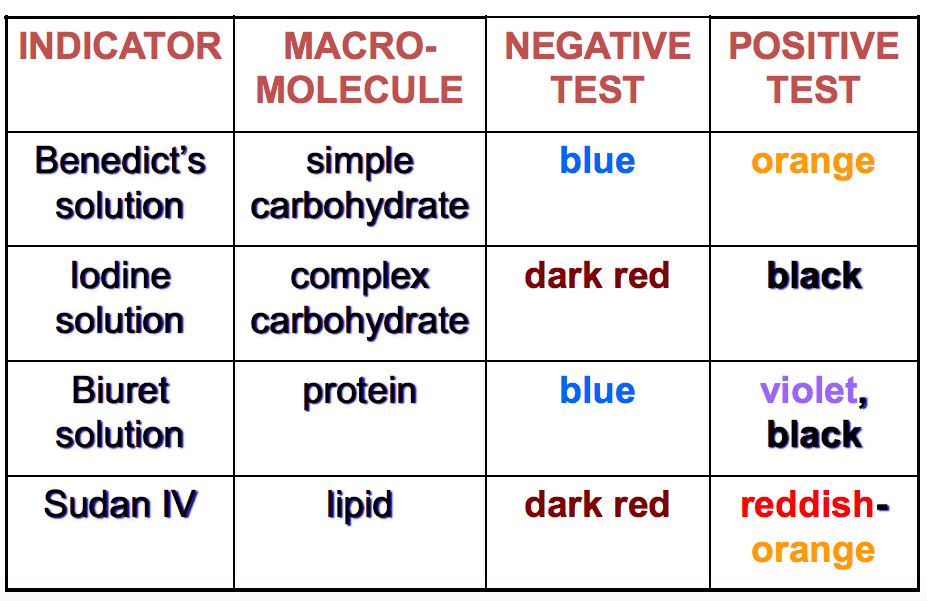

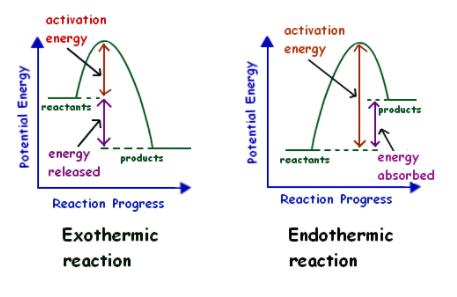


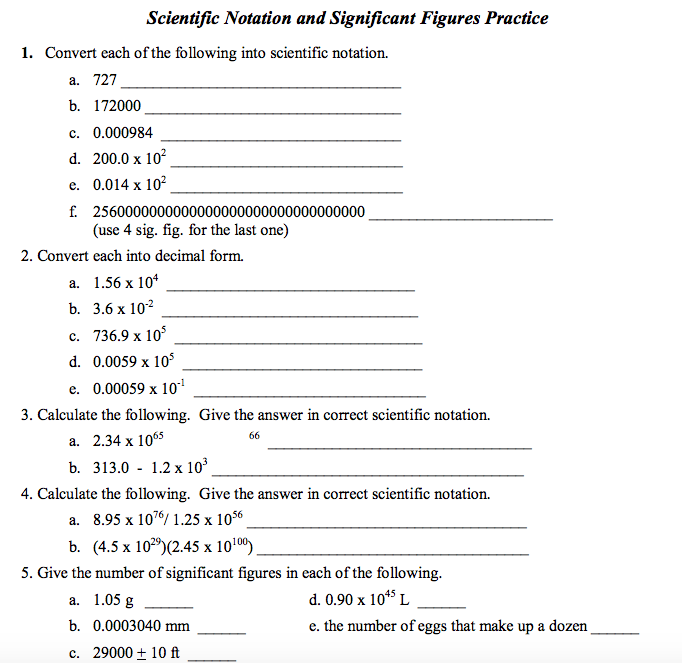
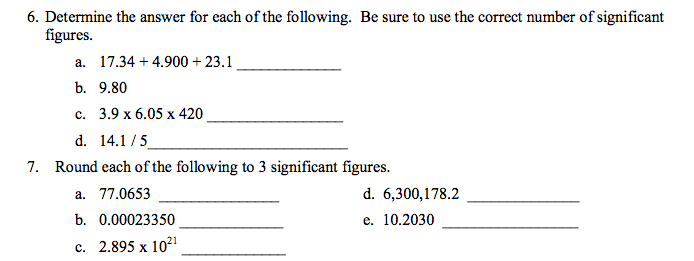
 RSS Feed
RSS Feed